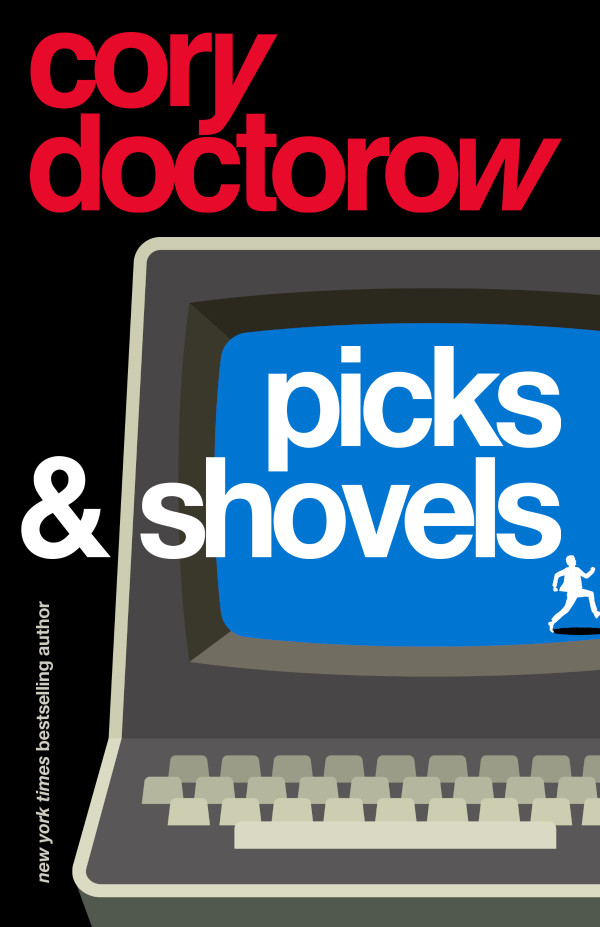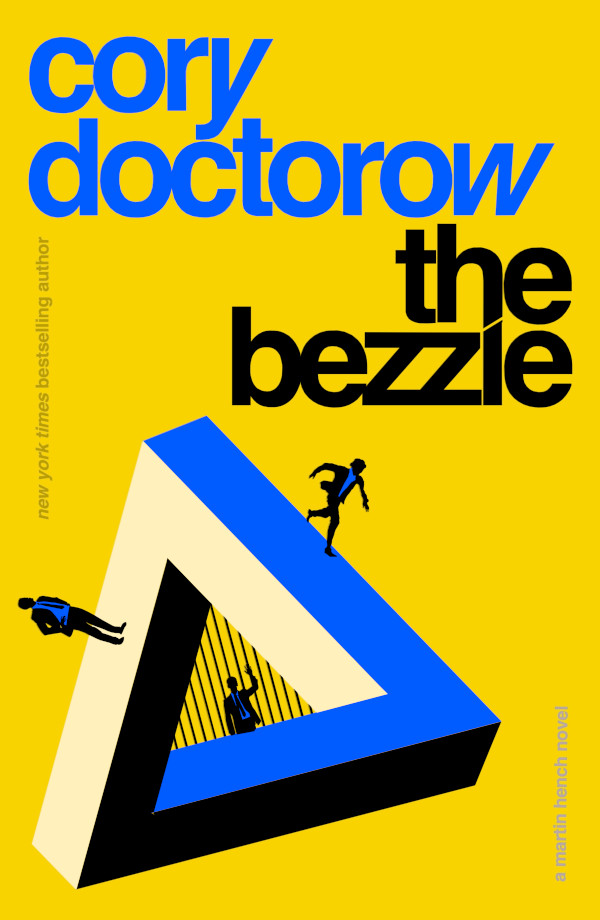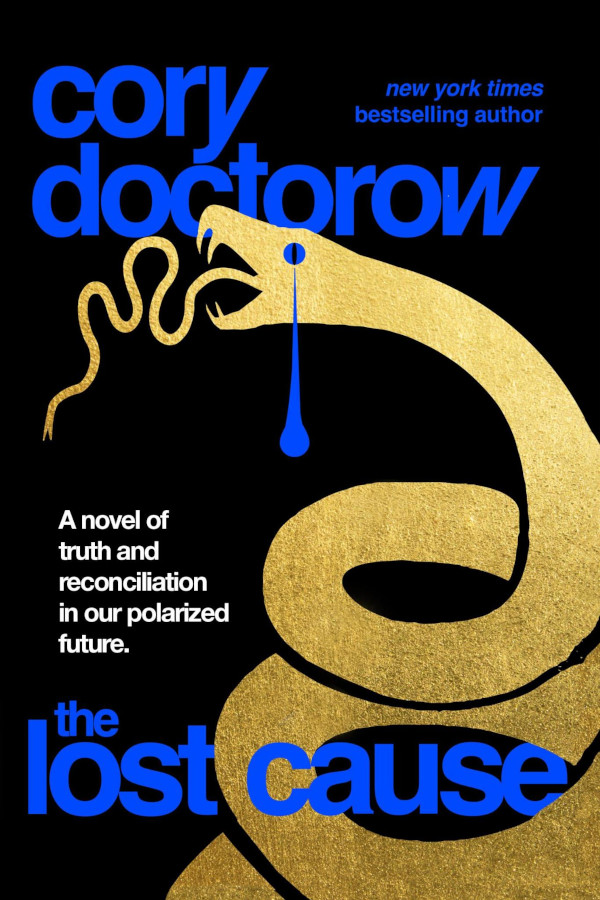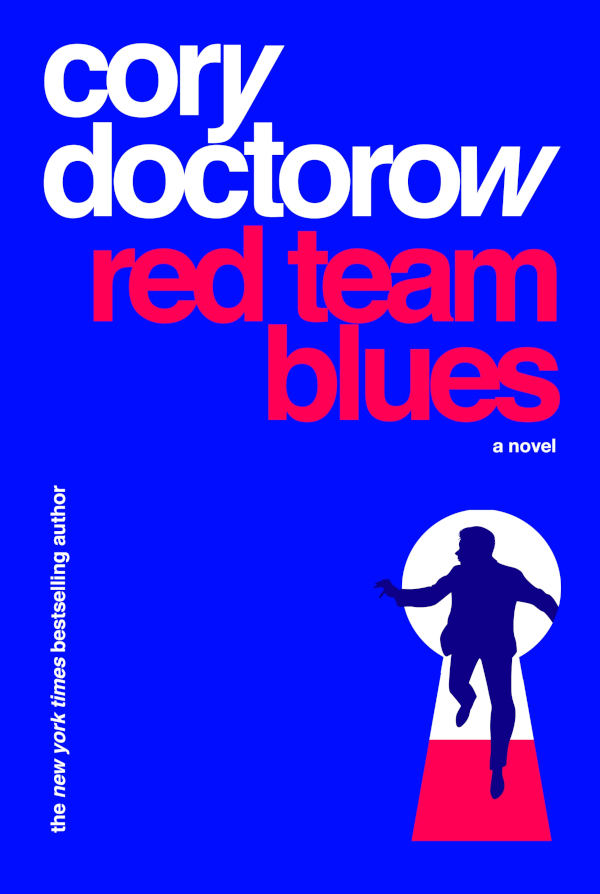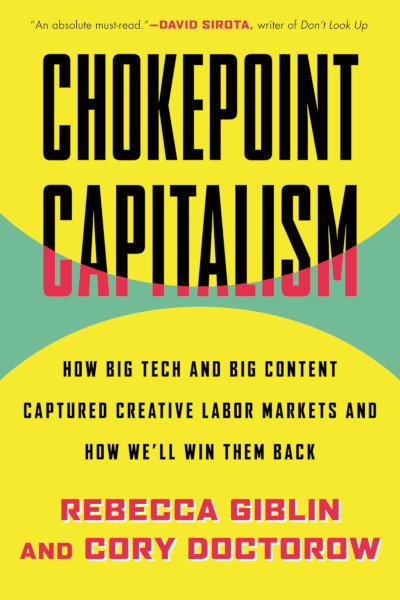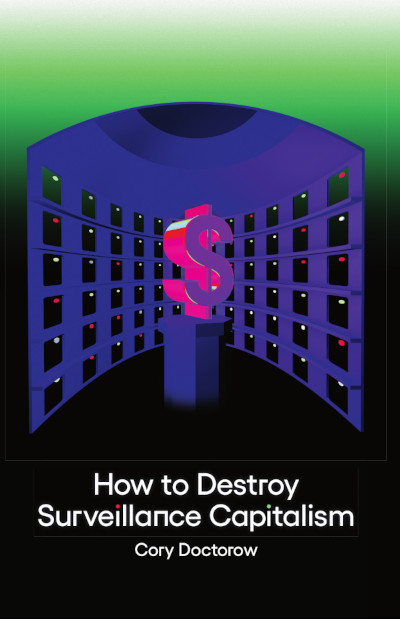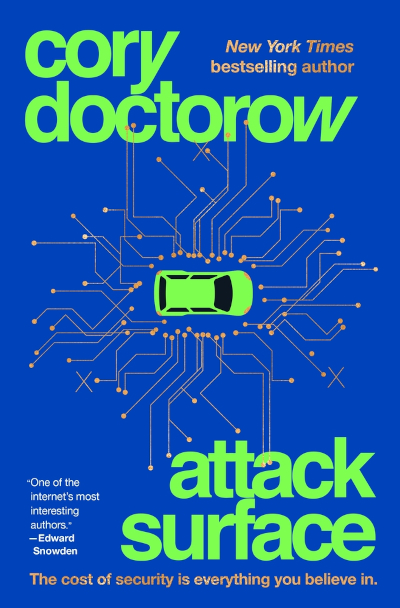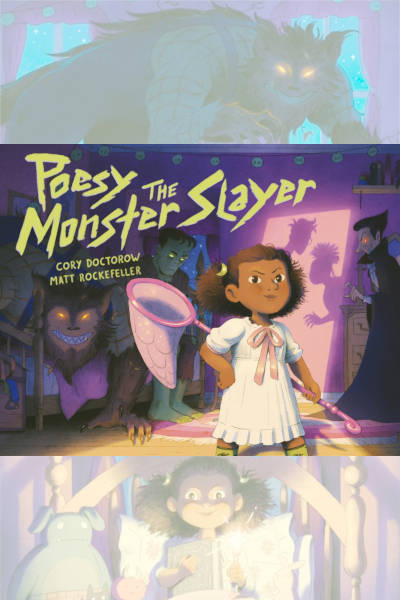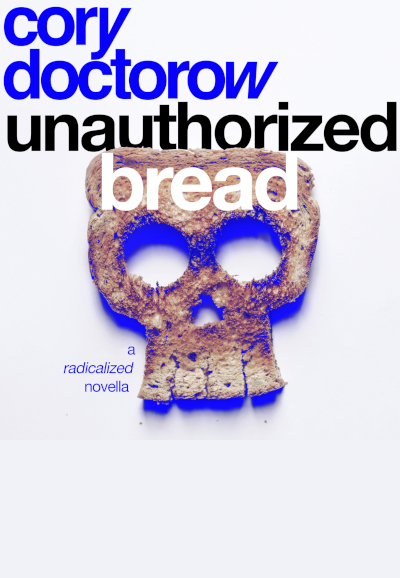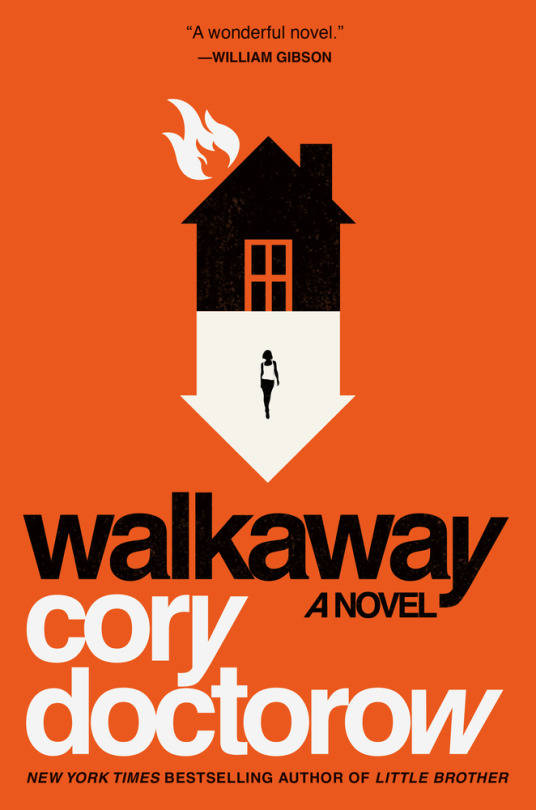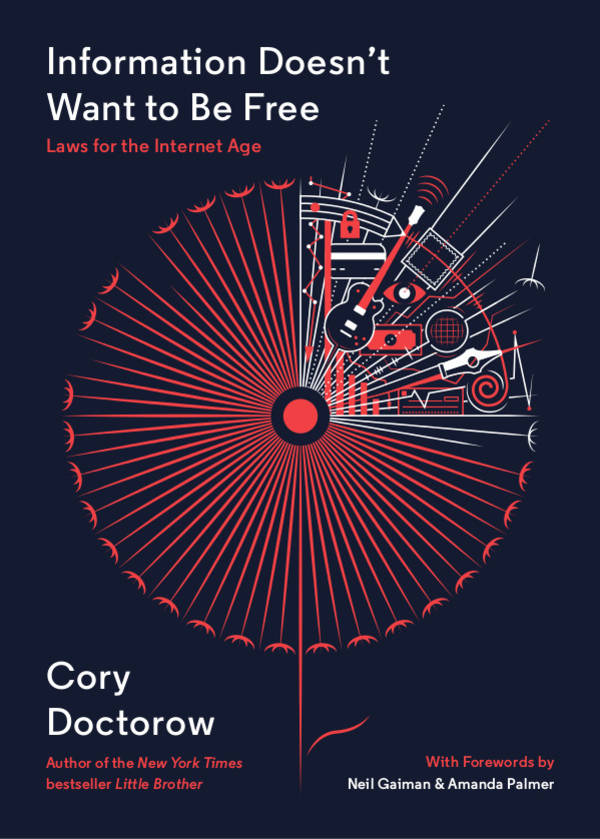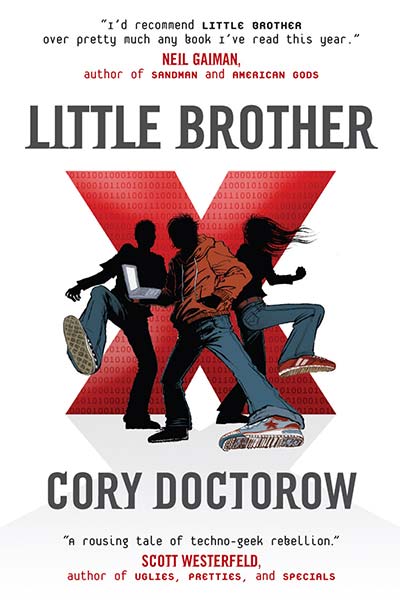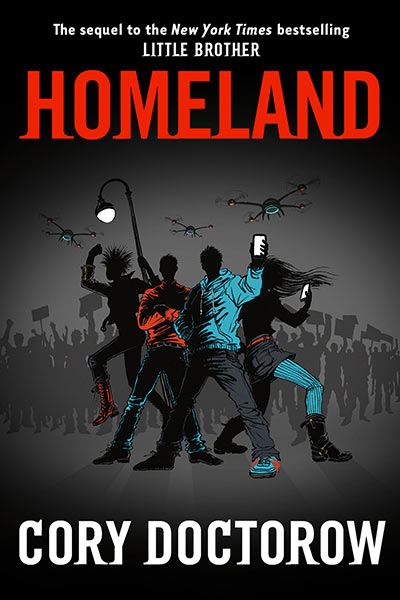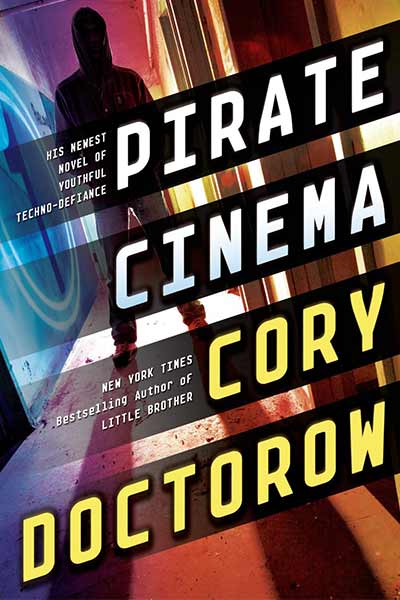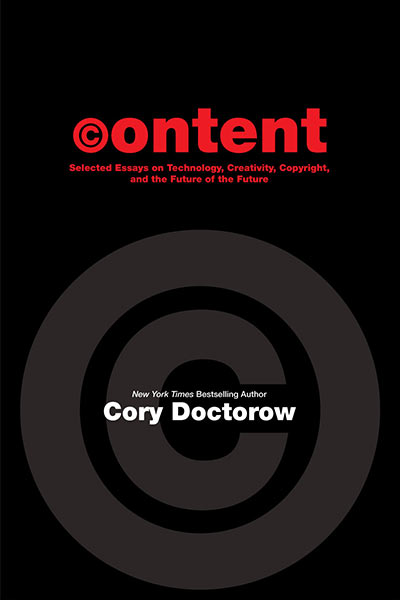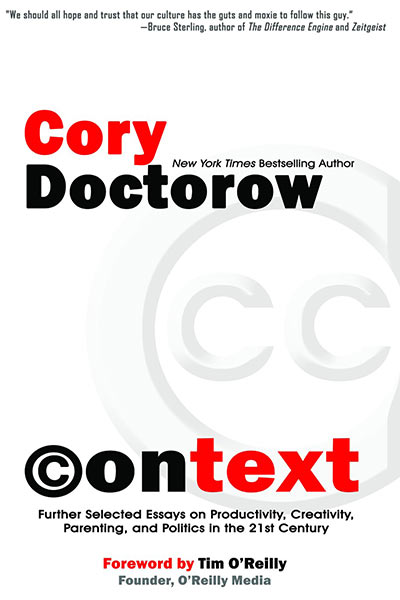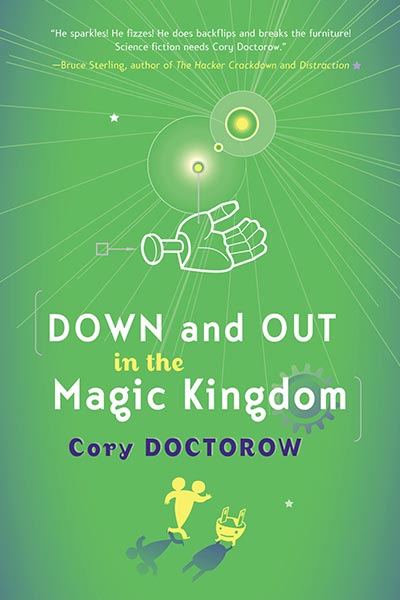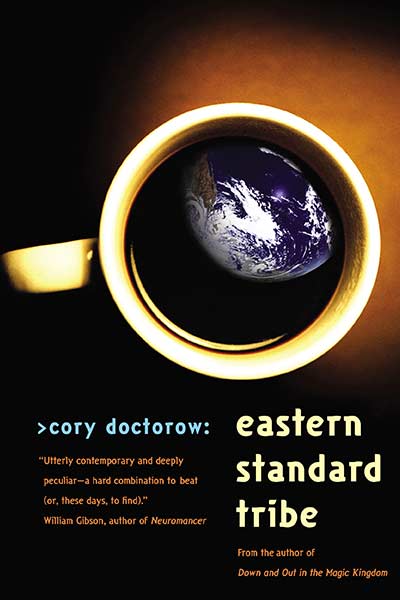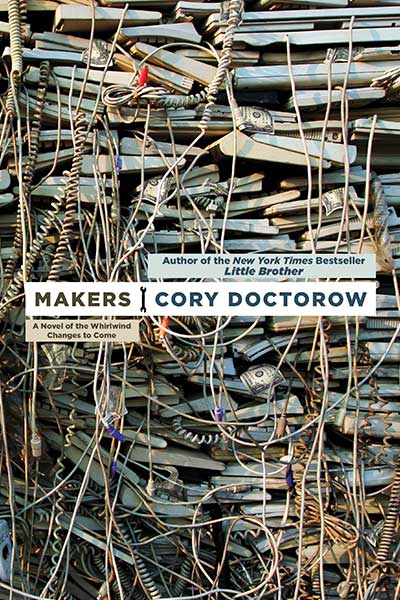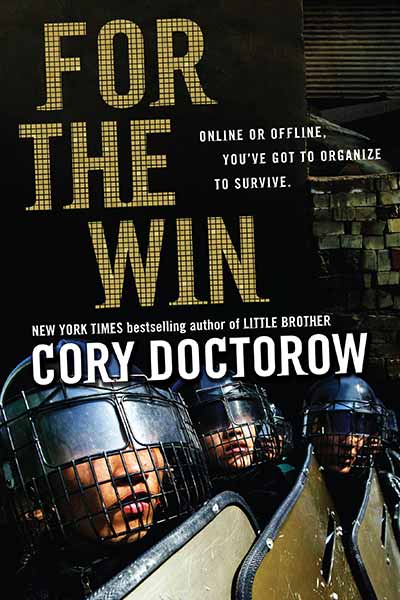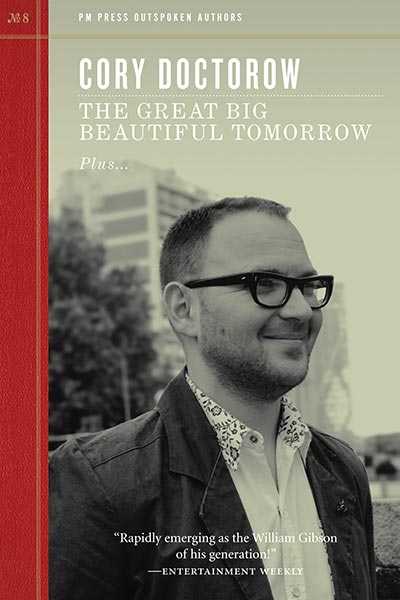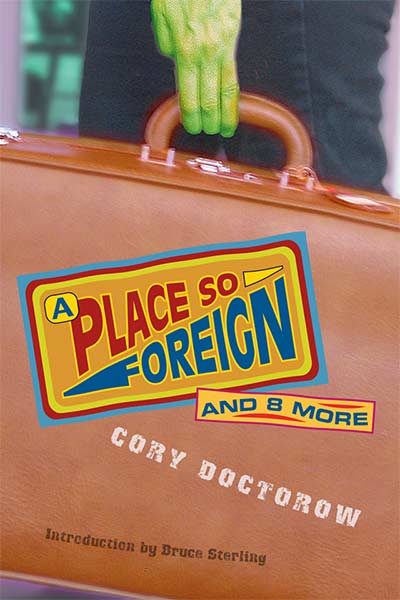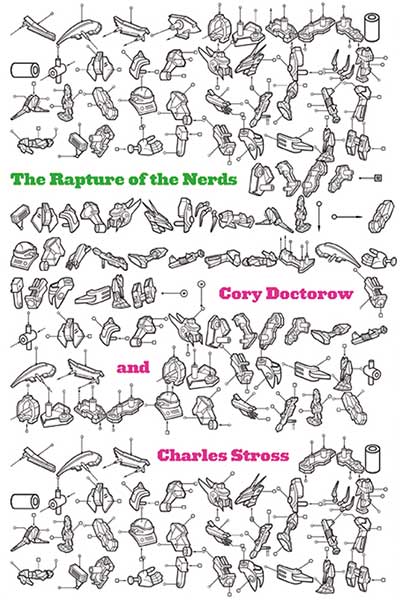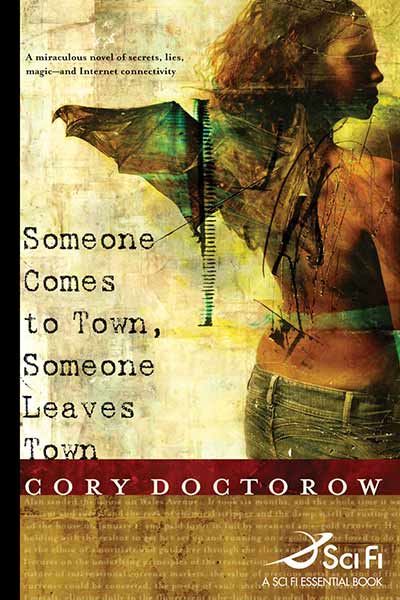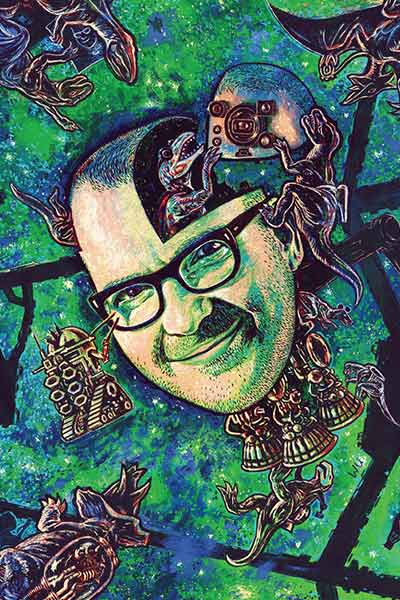My latest Guardian column, “Why economics condemns 3D to be no more than a blockbuster gimmick,” discusses the difficulty of making truly 3D movies (that is, movies that lose something crucial in 2D) in a world where movies need to find a home on 2D small-screens in order to recoup.
Movies, after all, rely on the aftermarket of satellite, broadcast and cable licenses, of home DVD releases and releases to airline entertainment systems and hotel room video-on-demand services – none of which are in 3D. If the movie couldn’t be properly enjoyed in boring old 2D, the economics of filmmaking would collapse. So no filmmaker can afford to make a big-budget movie that is intended as a 3D-only experience, except as a vanity project.
What’s more, no filmmaker can afford to make a small-budget 3D movie, either, because the cinema-owners who’ve shelled out big money to retrofit their auditoriums for 3D projection don’t want to tie up their small supply of 3D screens with art-house movies. They especially don’t want to do this when there’s plenty of competition from giant-budget 3D movies that add in the 3D as an optional adjunct, a marketing gimmick that can be used to draw in a few more punters during the cinematic exhibition window.
I have no doubt that there are brilliant 3D movies lurking in potentia out there in the breasts of filmmakers, yearning to burst free. But I strongly doubt that any of them will burst free. The economics just don’t support it: a truly 3D movie would be one where the 3D was so integral to the storytelling and the visuals and the experience that seeing it in 2D would be like seeing a giant-robots-throwing-buildings-at-each-other blockbuster as a flipbook while a hyperactive eight-year-old supplied the sound effects by shouting “BANG!” and “CRASH!” in your ear.
Why economics condemns 3D to be no more than a blockbuster gimmick
Here’s some more of the interview I did with Resonance FM in London, in handy podcast form.
Thanks to Kos Ivantsov for translating my story Scroogled into Ukrainian
Yuval Tobias has translated my cloud computing Guardian article into Hebrew under a CC license. Enjoy!
The Polish OSNews site has translated my cloud computing Guardian article into Polish, under a CC license. Enjoy!
Back in August, I got a surprise in the mail: a long Braille computer printout and a letter. The letter was from Patti Smith, who teaches visually impaired middle-schoolers in Detroit’s public school system. She explained that almost all the Braille kids’ books she had access to were for really little kids — kindergartners, basically — and how discouraging this was for her kids.
The reason she was writing to me was to thank me for releasing my young adult novel Little Brother under a Creative Commons license, which meant that she could download the ebook version and run it through her school’s Braille embosser (US copyright law makes it legal to convert any book to Braille or audiobook for blind people, but it is technically challenging and expensive to do this without the electronic text).
I wrote about this on my personal blog, and it inspired my colleague, the sf/f writer Paula Johansen, to write to Patti to offer up her own YA titles as ebooks for Patti’s students.
Well, this got me thinking that there might be lots of YA writers who’d be glad to see their books get into the hands of visually impaired, literature-hungry students, so I worked with Patti to put together the pitch below. Please pass it along to all the YA writers you know. I would love to see Patti’s class start the school year with a magnificent library of hundreds and hundreds of fantastic YA books to choose from, so that they can start a lifelong love-affair with literature.
Thanks!
I am Patti Smith and I teach at OW Holmes, which is an elementary-middle
school in Detroit Public Schools in Detroit, Michigan. My students are
visually impaired, ranging in age from 2nd grade to 8th grade. Five of
my students are Braille writers and two are learning Braille. I would
love books for young adults in electronic format (Word or RTF) so that I can plug the
file into my computer program and emboss the book in Braille so my kids
can have something to read. I have found it very difficult to find books for young adults; most seem to be written for very young readers. My Braille readers are all age 11+ and it is a challenge to find relevant books for them to read. Thank you so much!!
Patti’s email is TeacherPattiS@gmail.com

36 weeks ago — give or take — I set out to read my 2005 novel Someone Comes to Town, Someone Leaves Town aloud, in installments, in my podcast. And now I am done.
Someone Comes to Town is my weirdest book by far, a fantasy novel about a man whose father is a mountain and whose mother is a washing machine, who moves from small-town Ontario to Toronto to help build a citywide meshing wireless network with a crustypunk dumpster-diver.
Reading the book aloud was enormously satisfying. I hadn’t read it through since I finished the final draft in 2004, and in many ways it was like coming back to it for the first time.
But even more satisfying was the participation from my readers. First there was John Taylor Williams, of DC’s Wryneck Studios, who volunteered to master the audio for me, adding bed-music, editing out the gonks, and making it sound really good — he started this around week 27, and it seriously improved the final 9 episodes.
Then Glenn Jones, a reader in the UK, decided to create a dedicated podcast feed for the book, with all 36 episodes, to make it easy to fetch and play in one gulp.
Im not sure what I’ll podcast next — I have a little more than a week to think about it — but I’m really looking forward to it.
Podcast feed for Someone Comes to Town, Someone Leaves Town
Someone Comes to Town, Someone Leaves Town

36 weeks ago — give or take — I set out to read my 2005 novel Someone Comes to Town, Someone Leaves Town aloud, in installments, in my podcast. And now I am done.
Someone Comes to Town is my weirdest book by far, a fantasy novel about a man whose father is a mountain and whose mother is a washing machine, who moves from small-town Ontario to Toronto to help build a citywide meshing wireless network with a crustypunk dumpster-diver.
Reading the book aloud was enormously satisfying. I hadn’t read it through since I finished the final draft in 2004, and in many ways it was like coming back to it for the first time.
But even more satisfying was the participation from my readers. First there was John Taylor Williams, of DC’s Wryneck Studios, who volunteered to master the audio for me, adding bed-music, editing out the gonks, and making it sound really good — he started this around week 27, and it seriously improved the final 9 episodes.
Then Glenn Jones, a reader in the UK, decided to create a dedicated podcast feed for the book, with all 36 episodes, to make it easy to fetch and play in one gulp.
Im not sure what I’ll podcast next — I have a little more than a week to think about it — but I’m really looking forward to it.
Podcast feed for Someone Comes to Town, Someone Leaves Town
Someone Comes to Town, Someone Leaves Town
Here’s the thirty-sixth and final part of my reading of my 2005 novel, Someone Comes to Town, Someone Leaves Town. Thanks to John Williams for mastering!
Mastering by John Taylor Williams: wryneckstudio@gmail.com
John Taylor Williams is a full-time self-employed audio engineer, producer, composer, and sound designer. In his free time, he makes beer, jewelry, odd musical instruments and furniture. He likes to meditate, to read and to cook.

